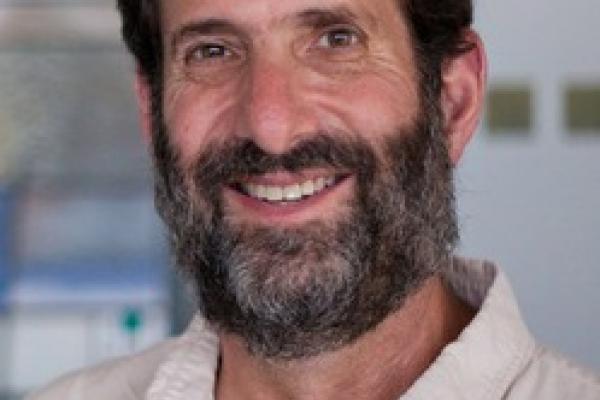
Ultrafast laser irradiation can push a material into very extreme states, far from equilibrium. During the rarefied time scales of hundreds of femtoseconds to 20 picoseconds an insulator can become metallic, atoms can exhibit rms excursions from their lattice positions approaching half of a unit cell, and the electron temperatures can easily rise to over 15,000 degrees Kelvin. What is exciting is that these phenomena can occur at fluences below the melt threshold. The vast majority of studies to date have neither studied, nor observed any permanent structural changes after a single irradiation. We will present evidence, in both single crystal GaAs and Si, that significant numbers of point defects are generated during these single exposures. We will further show how the population density of these defects can build with subsequent irradiation leading to a number of mechanisms that drive the evolution of surface morphology. The mass transport is accomplished by extraordinary diffusion that is enabled by the near collapse of the attractive part of the interatomic potential. This collapse occurs because we excite ~10% of the valence electrons into unoccupied states in the first 10-100 fs after irradiation. The bond softening of all of the atoms (ions now) permits just about all attempts to hop to be successful. This represents an increase of more than 12 orders of magnitude in diffusion. The morphology will be shown to be driven by dissociated Frenkel pairs where the self interstitials diffuse to the free surface and form epitaxial islands. Further morphological evolution is driven by surface plasmon polarititons and finally a strain induced morphological transformation.
This talk will review what ultrafast lasers are and how they interact with materials. Our earlier results from GaAs will be used as an introduction to the subject and then we will present our very recent work with Si.
